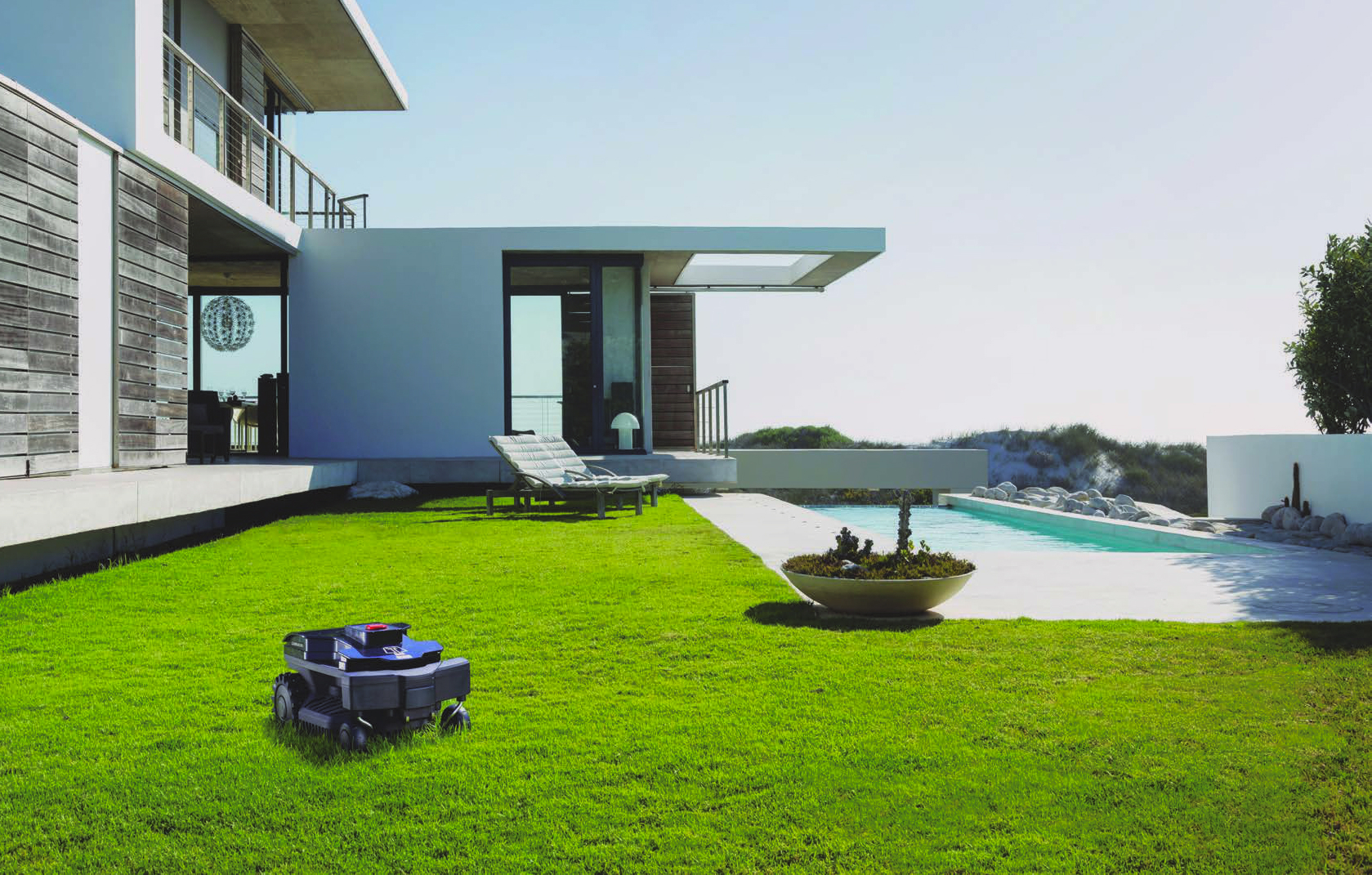
Integrating Native Plants into Your Landscape for Beauty and Biodiversity Nov 11, 2025
Native plants are species that have evolved over thousands of years in a particular region, adapting to local climate and soil conditions. By incorporating native plants into your landscape design, you not only create a stunning garden but also contribute positively to the environment. Here's how you can integrate native plants into your landscape for both beauty and biodiversity.
Start by understanding your local ecosystem. Every region has a unique set of native plants that thrive in its particular conditions. For effective integration, research which plants are native to your area. Local nurseries and botanical gardens are treasure troves of information, often offering workshops or guides on native plants. Knowing what naturally grows in your area will help you select species that require less water and care, reducing the need for chemical fertilizers and pesticides.
When planning your garden, consider a variety of plants that will bloom throughout the seasons. This not only keeps your garden consistently vibrant but also provides a continuous food source for pollinators like bees and butterflies, supporting biodiversity. For example, start with early bloomers like bloodroot in the spring, transitioning to summer favorites like cone flowers, and finally autumn bloomers like asters and goldenrods.
Integrating trees and shrubs into your landscape can provide structure and habitat for birds and small mammals. Native trees, such as oaks and maples, offer nesting sites and shelter, while shrubs like holly or serviceberry provide food through their berries. These elements enhance the beauty of your garden and create a thriving ecosystem right in your backyard.
A sustainable approach to landscaping involves grouping plants with similar water, light, and soil needs together. This not only minimizes resource use but also increases the survival rates of the plants. Native grasses and groundcovers can replace sections of traditional lawn, reducing the need for mowing and creating a more naturalistic look. Options like creeping thyme or buffalo grass offer a resilient alternative to traditional lawns, providing ground cover that is both functional and attractive.
Incorporating native plants into your hardscaping is another creative method to enhance your landscape. Consider using native stone or wood for garden paths and patios, seamlessly blending with the natural elements around them. This not only improves the aesthetic appeal but also roots your garden in a sense of place, honoring the local environment.
End your landscaping project by adding a water feature, such as a pond or rain garden, using native aquatic plants. Not only do these features attract wildlife, but they also help in managing runoff, making your landscape more environmentally friendly.
In conclusion, using native plants in your landscaping design not only creates a captivating and picturesque garden but also supports local wildlife and promotes biodiversity. By choosing native species, you will enjoy a low-maintenance, ecological landscape that thrives naturally in your environment. As you integrate these principles into your design, you are taking active steps towards a more sustainable and beautiful future for your garden and beyond. Embrace the beauty of native plants with CBA Landscaping and watch your garden flourish.
/filters:no_upscale()/media/f07c606f-9500-4993-bcf2-622eb19cd59a.jpeg)
/filters:no_upscale()/filters:format(webp)/media/2800a183-2021-4d0d-a953-0f6a4e84e60d.jpeg)